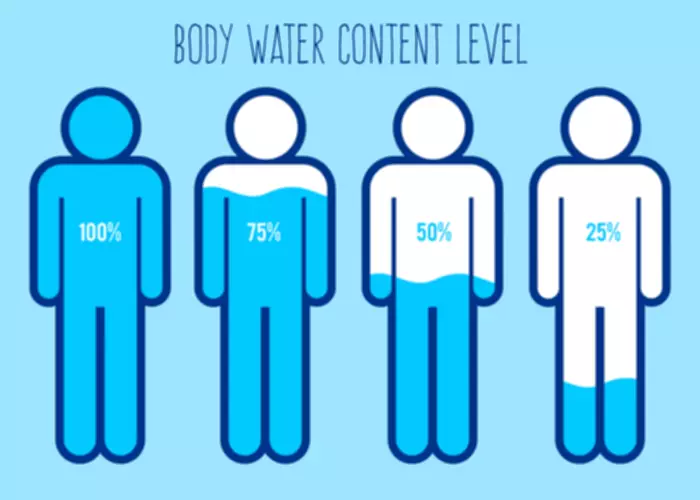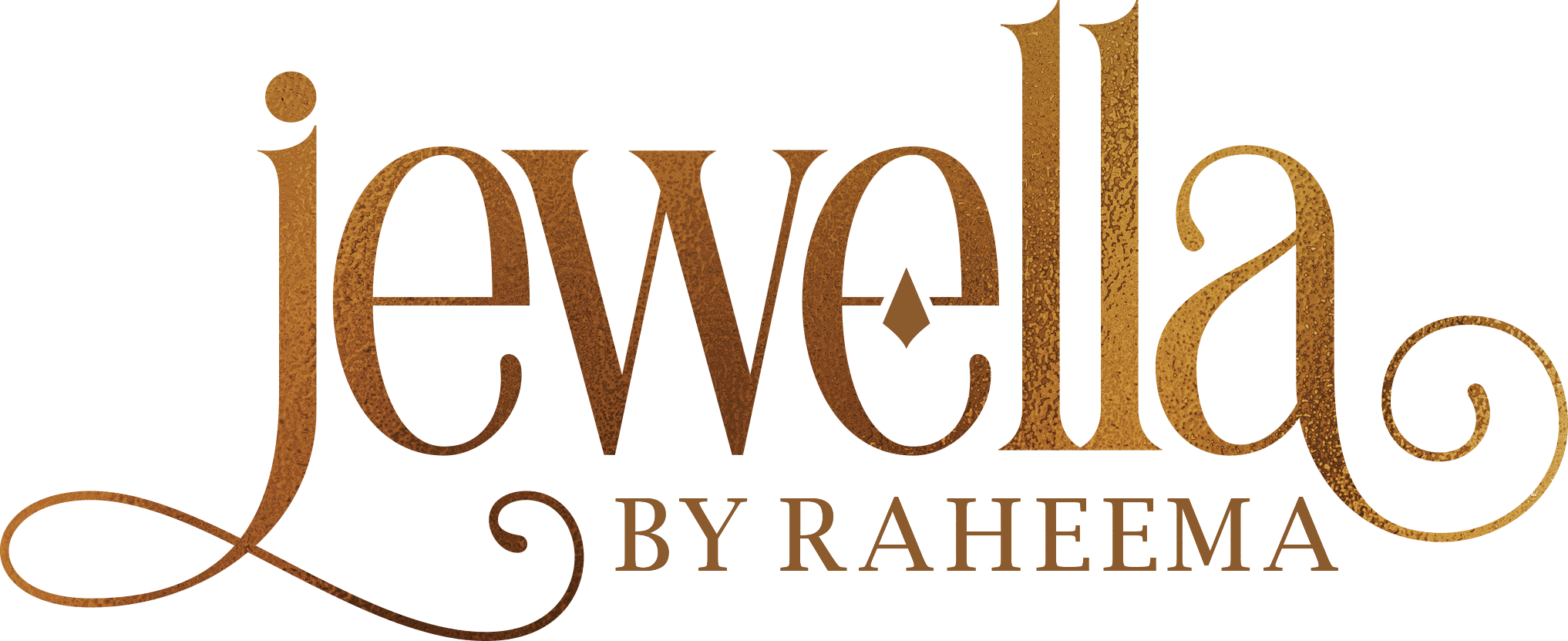THE NEUROBIOLOGY OF SUBSTANCE USE, MISUSE, AND ADDICTION Facing Addiction in America NCBI Bookshelf
While both terms are related, they’re two distinct concepts, each representing a different stage or level of drug involvement. Knowing is half the battle, as they say, and knowing the stages of the cycle of addiction can help inform patients and their support group of where they are, where they have been, and where they could be again. Cycle of addiction circle https://ecosoberhouse.com/ showing internal frustration, fantasizing, obsessing, substance abuse, loss of control, guilt over use, cessation of use, and passage of time. Dependence is a stage characterized by the body’s adaptation to the substance. Regular and prolonged use leads to physiological changes, and the individual becomes reliant on the substance to function normally.
- Any attempt to stop substance abuse, whether accidental or purposeful, will lead to withdrawal symptoms.
- Addiction refers to behavior patterns where people continue seeking and using habit-forming substances.
- It involves an intense rush of pleasure as the drugs activate the brain’s dopamine system.
- Resistance is a term often confused with tolerance but specifically relates to the ability of microorganisms or tumor cells to withstand the effects of a drug that would typically be effective against them.
Preoccupation/Anticipation Stage: Prefrontal Cortex
- Although the symptoms of relapse are similar to the symptoms of active drug addiction, these two stages of addiction are completely different.
- Drug tolerance and drug intolerance are two distinct phenomena related to the body’s reaction to medications.
- For example, if you had been taking 10mg of a prescription drug, over time you might notice that in order to feel the way you used to feel when taking 10mg, you now have to take 15mg or 20mg.
- Daily users may rotate through the cycle of addiction daily or several times throughout the day.
- Many of these models originally described the development of alcoholism or alcohol use disorders.
They can simply have a drink or take a pill recreationally from time to time and not experience any adverse effects. Stimulants increase the amount of dopamine in the reward circuit (causing the euphoric high) either by directly stimulating the release of dopamine or by temporarily inhibiting the removal of dopamine from synapses, the gaps between neurons. Stimulants also cause the release choose the correct cycle of addiction. of norepinephrine, a neurotransmitter that affects autonomic functions like heart rate, causing a user to feel energized. The binge/intoxication stage of the addiction cycle is the stage at which an individual consumes the substance of choice. This stage heavily involves the basal ganglia (Figure 2.4) and its two key brain sub-regions, the nucleus accumbens and the dorsal striatum.
Finding Treatment and Breaking the Cycle of Addiction

When facing the challenges of addiction, seeking help and embarking on the journey of recovery is a courageous and vital step. Once this recognition occurs, there are various treatment options, support systems, and resources available to guide individuals towards a path of recovery. Understanding the complexity of addiction is essential in order to address the challenges faced by individuals struggling with addiction. It requires a comprehensive approach that addresses both the physical and psychological aspects of the condition. By recognizing addiction as a chronic brain disease rather than a moral failing, we can develop effective strategies for prevention, intervention, and treatment.
National Institute on Alcohol Abuse and Alcoholism (NIAAA)
It is important to remember that breaking the cycle of addiction is possible, and with determination and support, individuals struggling with addiction can embark on a path towards a successful recovery. To break the cycle of addiction, it is crucial to address both the psychological and physical aspects of the problem. Understanding and recognizing the signs of addiction are essential first steps towards recovery.

Stages of The Addiction Cycle: From Experimentation to Relapse
Drug abuse refers to the harmful or hazardous use of psychoactive substances, including legal and illegal drugs. Drug abuse is the second stage of the addiction cycle, where individuals engage in hazardous consumption of substances, leading to adverse effects on both mental and physical well-being, social relationships, or overall quality of life. The World Health Organization (WHO) defines substance abuse as using a substance in a harmful way. The neurotransmitters serotonin and dopamine send messages to the brain and the rest of the body. The altered brain chemistry essentially requires constant, repetitive exposure to the substance or action to function psychologically and physiologically.
What Are the 5 Stages in the Addiction Cycle?
They serve as the starting point for many people who later become addicted to stronger substances. There are many types of addiction (alcohol, drugs, sex, gambling, overeating, overspending, etc.) and each type follows a consistent cycle of phases that become increasingly difficult to overcome. Depending on the person and their particular addiction, each phase may take a short or long time to develop.
Why Success Won’t Make You Happy – The Atlantic
Why Success Won’t Make You Happy.
Posted: Thu, 30 Jul 2020 07:00:00 GMT [source]
What are drug cravings and when do they occur?
- The negative consequences of addiction become apparent, affecting various aspects of their life, including physical and mental health, relationships, and overall well-being.
- When a person experiences withdrawal, the reward system in the basal ganglia shuts off.
- When you build up a tolerance it means that you need more and more of the substance to reach your desired effect.
- As defined by Maarefvand, Masoomeh et al. in their 2013 study published in the Iranian Journal of Psychiatry, drug craving is characterized as an intense urge or desire to continue using a substance.

